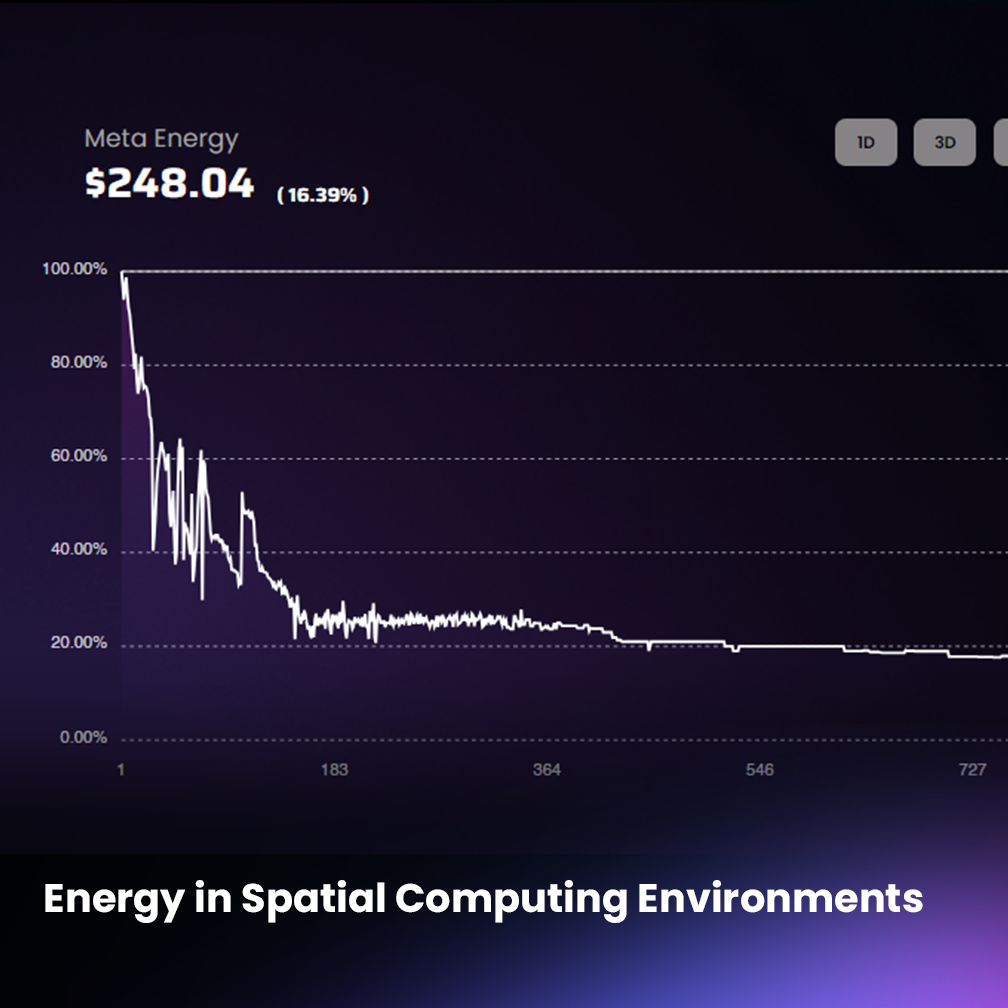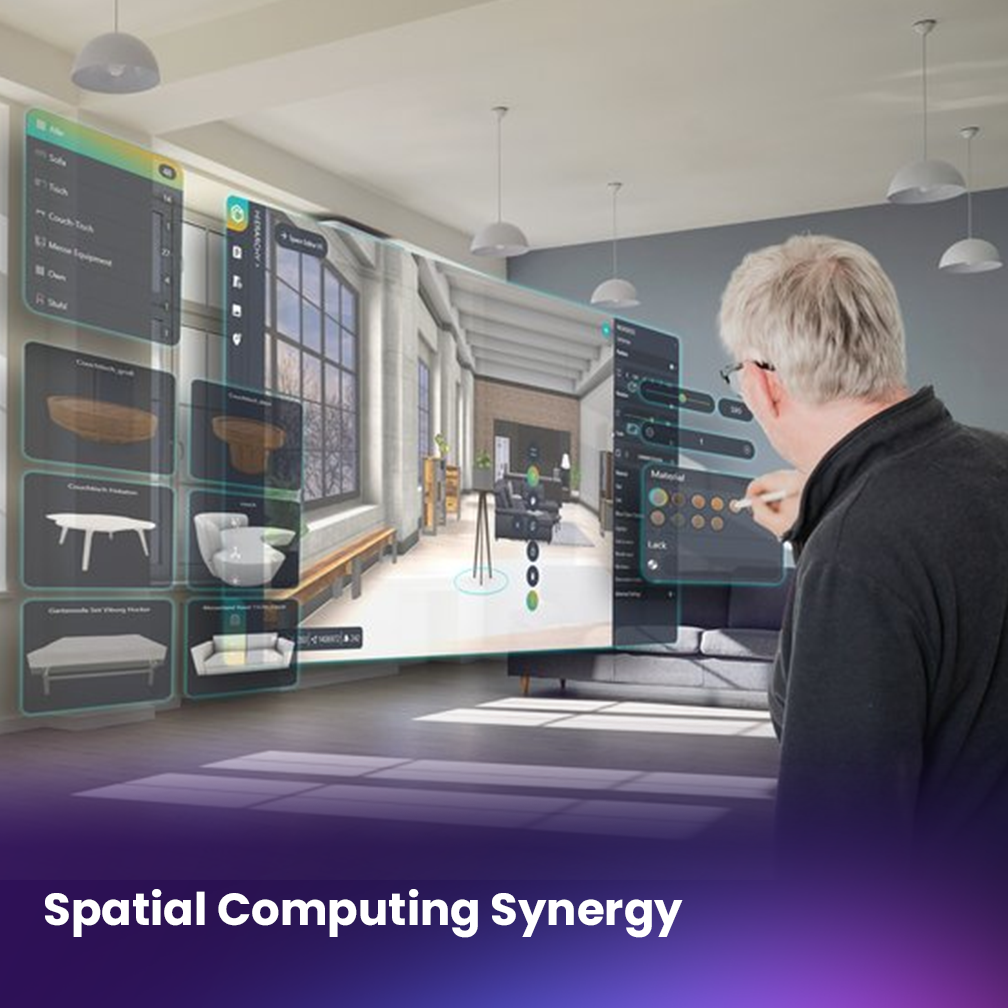
Estimated reading time: 2 minutes
As spatial computing environments gain momentum, energy emerges as a critical resource essential for powering immersive virtual experiences and facilitating user interactions. In this blog post, we’ll delve into the dynamics of energy consumption within spatial computing environments, exploring existing energy sources, their utilization in design and development, and the imperative of maintaining a stable energy supply for these virtual realms.
Similar to the internet, spatial computing environments demand substantial energy to support data centers, servers, and communication infrastructure essential for their functionality and connectivity. Moreover, the intricacy of rendering complex 3D models and visuals in spatial computing adds to the energy requirements, underscoring the importance of energy efficiency and sustainability in shaping the future of these digital landscapes.
As spatial computing environments evolve, the energy challenge becomes increasingly complex, necessitating collaborative efforts from various stakeholders such as developers, users, and policymakers to address energy-related concerns effectively.
The choice of energy sources plays a pivotal role in ensuring the sustainability of spatial computing environments. Developers can explore diverse energy sources to power their virtual worlds, leveraging technologies such as cloud computing and blockchain for efficient energy management.
Cloud computing emerges as a viable option for powering spatial computing operations, offering flexibility, scalability, and cost-effectiveness compared to traditional on-premises solutions. The ability to allocate resources dynamically and adjust operations based on user demand makes cloud computing an attractive energy-efficient solution for developers.
Blockchain technology also gains prominence among spatial computing developers due to its secure and decentralized nature, facilitating efficient transactions and enabling immersive experiences. The rise of blockchain-based assets present opportunities for blockchain to play a significant role in the energy ecosystem of spatial computing environments.
Efficient energy harnessing in spatial computing environments involves the adoption of energy-efficient technologies such as procedural generation, lower-poly models, and optimization techniques like culling and LOD management. These approaches reduce energy consumption during rendering and enhance overall energy efficiency.
Additionally, energy monitoring and management tools are instrumental in identifying and mitigating areas of high energy consumption within spatial computing environments. By tracking energy usage and implementing optimization measures, developers can create more sustainable and energy-efficient virtual worlds.
In conclusion, effective energy management is paramount in ensuring the longevity and sustainability of spatial computing environments. With a focus on energy efficiency, innovative technologies, and robust energy monitoring practices, developers can create immersive, engaging, and environmentally sustainable virtual experiences within the evolving landscape of spatial computing.









1 Comment
Can you be more specific about the content of your article? After reading it, I still have some doubts. Hope you can help me.